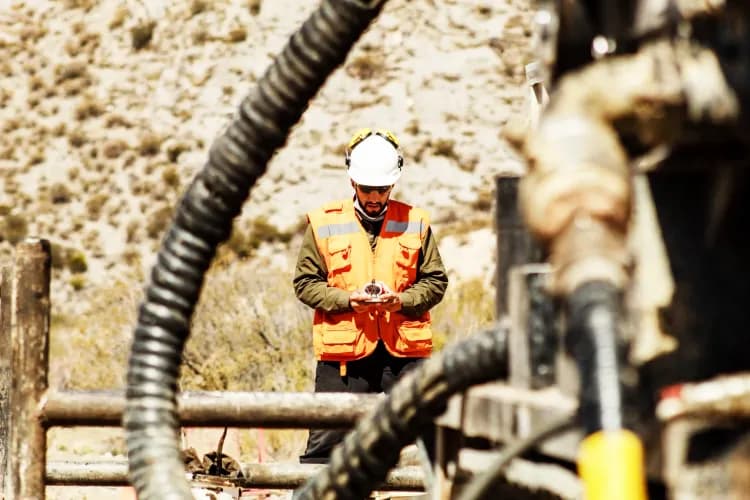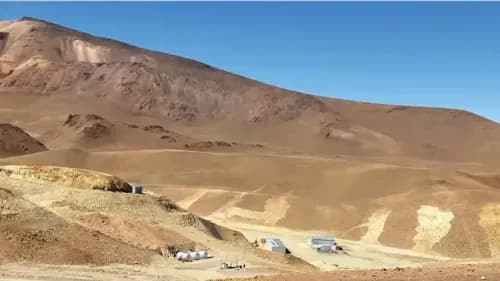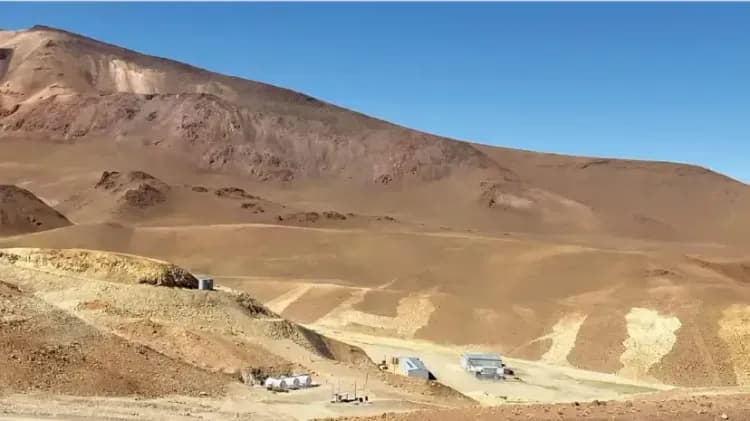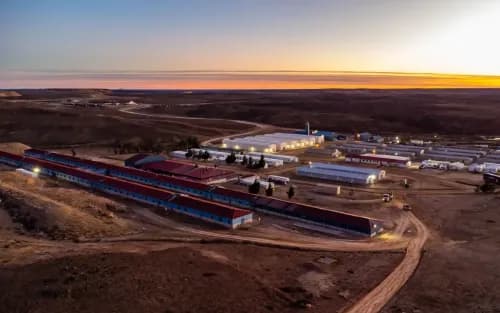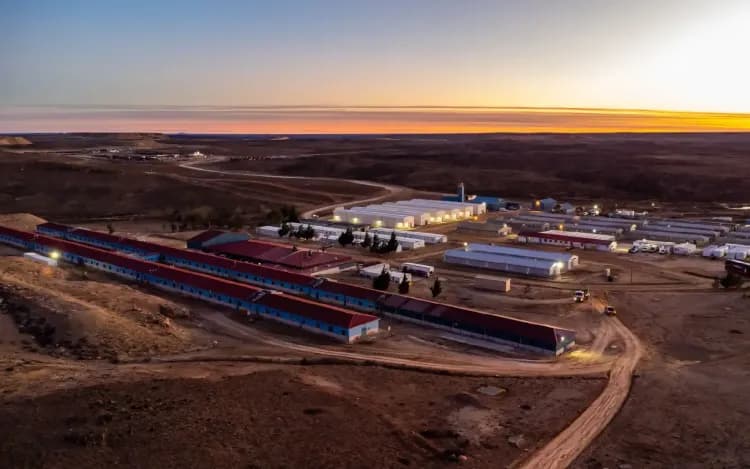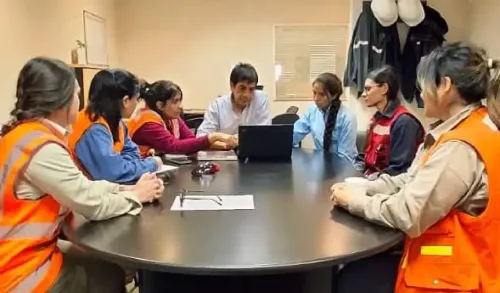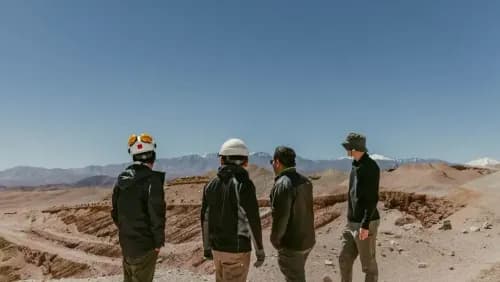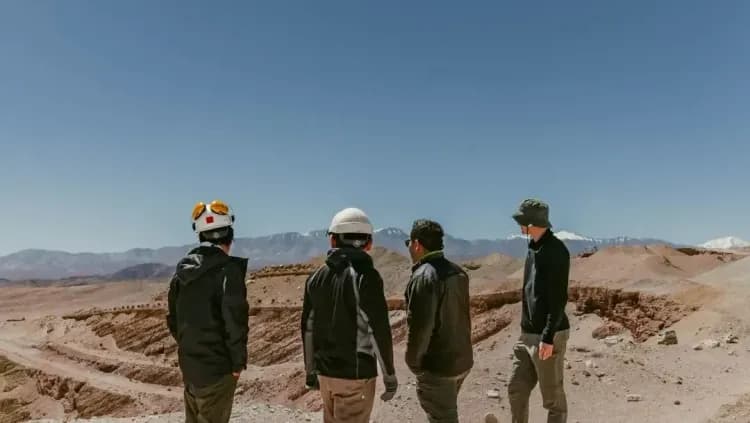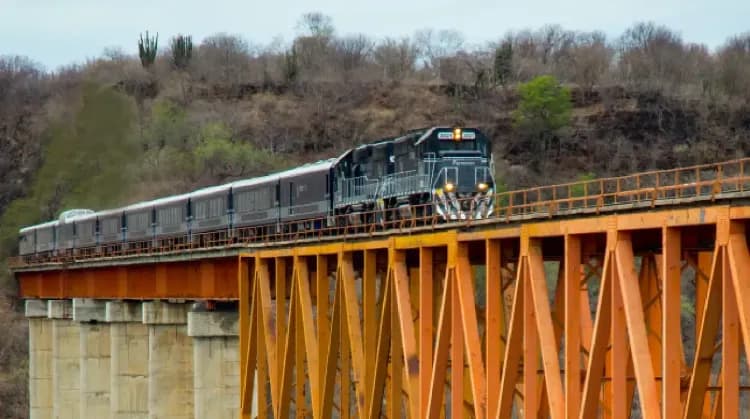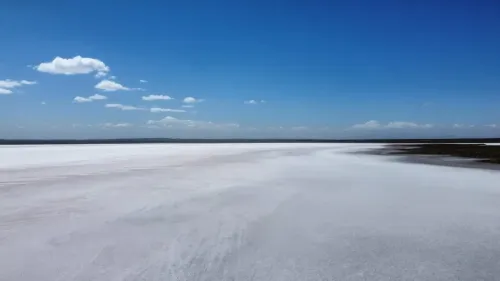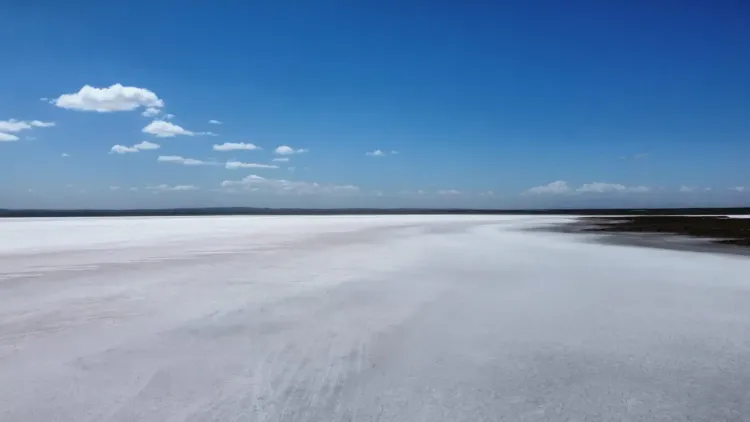Australian junior Galan Lithium Limited (ASX:GLN) has received approval from the Ministry of Mining of Catamarca for the Phase 2 exploitation permit for its Hombre Muerto Oeste (HMW) lithium brine project. This permit enables the company to expand its production capacity to 21,000 tons per year of lithium carbonate equivalent (LCE), subject to project financing and the implementation of Phase 1, which targets an output of 5,400 tons per year of LCE.
By Panorama Minero
Juan Pablo Vargas de la Vega, Galan’s Managing Director, stated: “We are delighted with the approval of the Phase 2 permit, which strengthens our relationship with Catamarca’s local authorities. This milestone allows us to triple our production compared to Phase 1 and deliver a premium-quality lithium chloride product that is highly sought after in the market.”
The HMW project, located in the Hombre Muerto Salar, is ranked in the first quartile of industry costs according to an analysis by Wood Mackenzie, ensuring its profitability even at current lithium carbonate prices. “Additionally, it has been recognized for its low environmental impact, with a reduced greenhouse gas emissions footprint due to its focus on conventional evaporation technologies that minimize water and energy consumption,” the company said in a statement.
Progressive Development of Hombre Muerto Oeste
The HMW project is being developed in phases. Phase 1, currently under construction, is expected to begin production in the second half of 2025. Phase 2, for which the Definitive Feasibility Study (DFS) was completed in October 2023, aims to reach 21,000 tons per year of LCE in the medium term. Subsequent phases are targeting an output of 40,000 tons within two to five years and up to 60,000 tons in the long term, combining HMW resources with those from the Candelas project, also 100% owned by Galan in Argentina.
“This phased approach allows the company to mitigate financial and operational risks while continuously improving its processes. In 2024, Galan secured authorization from the Catamarca government to commercialize lithium chloride, a product in demand by manufacturers adopting lithium iron phosphate (LFP) battery technologies,” the company added.
Local Impact
According to official details, Galan aims to ensure that at least 70% of jobs and contracts at HMW are sourced locally. This strategy includes training programs to develop a skilled workforce and a sustainable supply chain in the region. During the environmental approval process for the Environmental Impact Declaration (DIA), the Ministry of Mining of Catamarca conducted public consultations and hearings in communities such as Los Nacimientos, ensuring active participation from civil society.
Richard Homsany, Galan’s Chairman, emphasized: “The Phase 2 permit is a testament to the hard work of our team and the strong relationships we have built with the government and local communities. We are committed to maximizing the economic and social benefits of our operations in Catamarca and ensuring their long-term sustainability.”
Tax Incentives and Financing
Galan is also advancing its application for Argentina’s Regime for Large Investments Incentives (RIGI), which offers benefits such as a 25% corporate income tax rate, accelerated depreciation, 30 years of fiscal stability, and foreign exchange flexibility. These incentives will be critical to securing the financing and execution of the project’s subsequent phases.
With a projected lifespan of 40 years and a scalable production model, HMW positions itself as a strategic lithium source in an increasingly competitive market driven by growing global demand and the energy transition.


